#asian american writers
Text

From the author's site:
In June 2001, Rahna Reiko Rizzuto went to Hiroshima in search of a deeper understanding of her war-torn heritage. She planned to spend six months there, interviewing the few remaining survivors of the atomic bomb. A mother of two young boys, she was encouraged to go by her husband, who quickly became disenchanted by her absence.
It is her first solo life adventure, immediately exhilarating for her, but her research starts off badly. Interviews with the hibakusha feel rehearsed, and the survivors reveal little beyond published accounts. Then the attacks on September 11 change everything. The survivors’ carefully constructed memories are shattered, causing them to relive their agonizing experiences and to open up to Rizzuto in astonishing ways.
Separated from family and country while the world seems to fall apart, Rizzuto’s marriage begins to crumble as she wrestles with her ambivalence about being a wife and mother. Woven into the story of her own awakening are the stories of Hiroshima in the survivors’ own words. The parallel narratives explore the role of memory in our lives, and show how memory is not history but a story we tell ourselves to explain who we are.
___
For anyone interested in a perspective on the Hiroshima bombings from Literally Anyone Besides The People Who Did It, I'd definitely recommend this book at least as a starting point. It does a really good job of balancing personal narrative with careful testimonies from the Hiroshima bombings from a wide array of perspectives, all while balanced with an exploration of post-Hiroshima Japan in the early aughts.
There's some truly beautiful language that dances across the line between poetry and prose, showing a dedication to the craft of writing, creating, feeling, and knowing that I really admire and respect. There's also a lot of fascinating stuff about the way different people come to terms with trauma and change, and the messy work that comes with believing in peace when the war never seems to fucking stop, all shit that feels as relevant now as it ever has
(tw include graphic descriptions of death and suffering, discussions of racism and xenophobia, brief segments involving victim blaming and mentions of sexual assault, discussions of pregnancy)
#book recs#nonfiction#aapi#aapi writers#writers of color#women writers#asian writers#asian american writers#oppenheimer#hiroshima#aapi authors#death mention#9/11 mention#hiroshima mention#japan#atomic bomb#books#woc writers#authors of color#japanese history#history#book recommendations#racism mention
5 notes
·
View notes
Photo
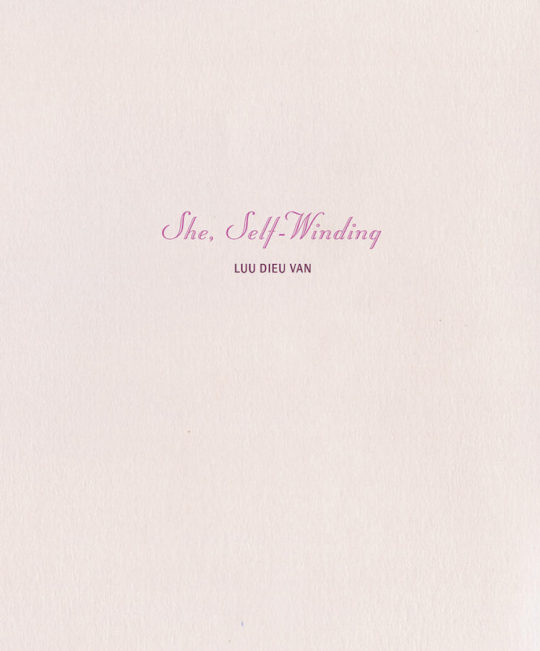
(via The Sealey Challenge: She, Self-Winding)
#the sealey challenge#she self-winding#ugly duckling presse#Luu Dieu Van#poetry#asian american writers
0 notes
Text
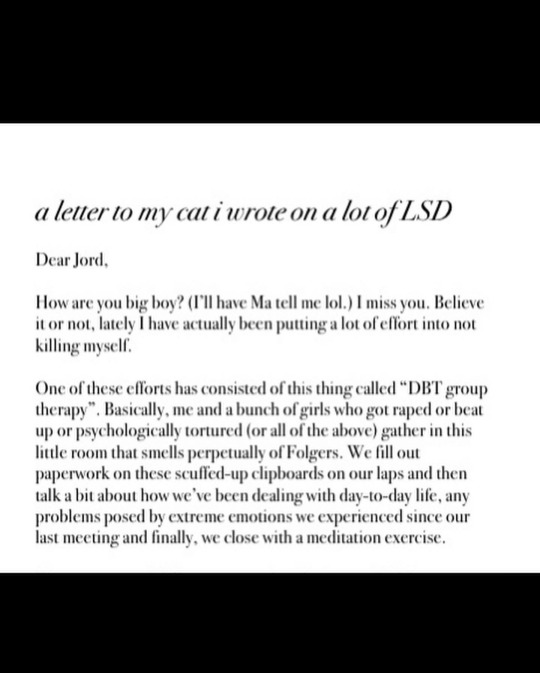
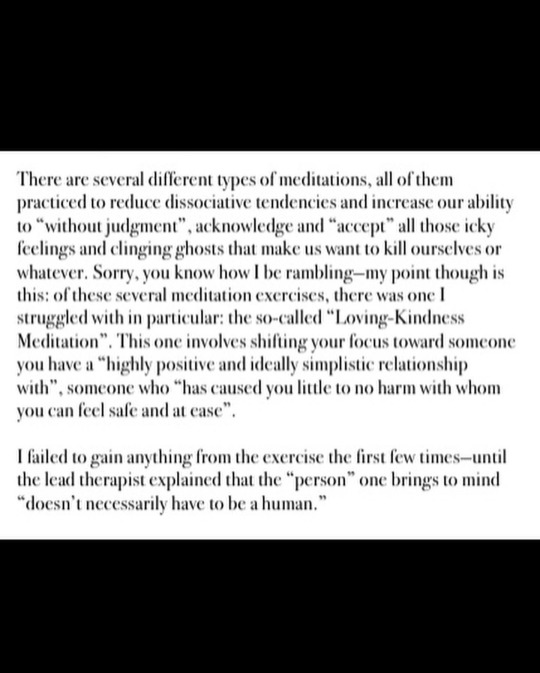

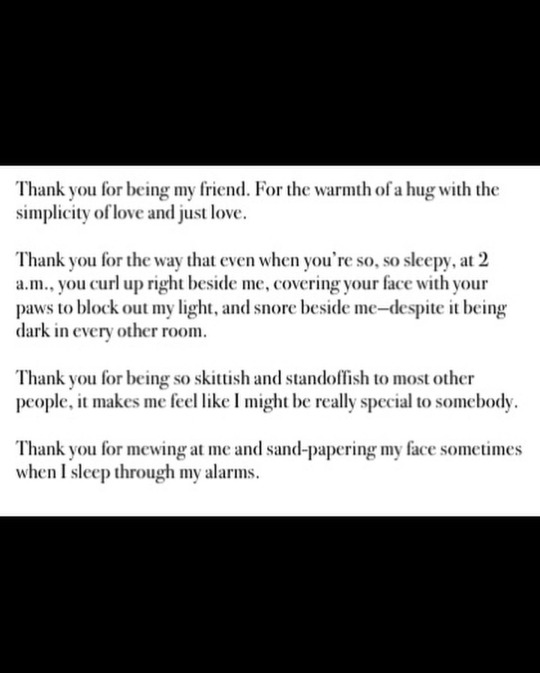
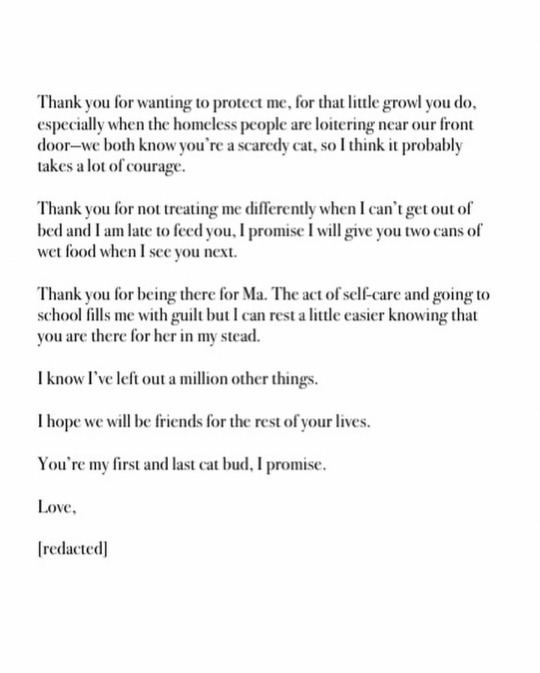

letter as poetry (unedited), drunkaloneagain (circa 2017)
182 notes
·
View notes
Photo


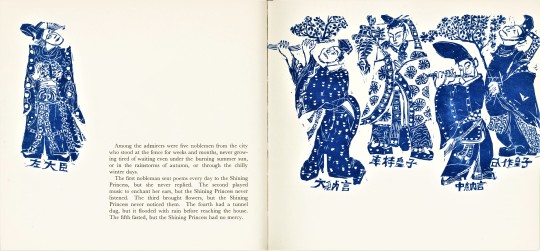

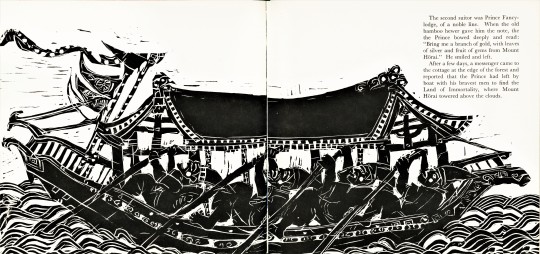

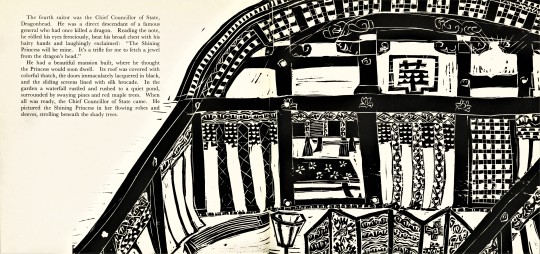

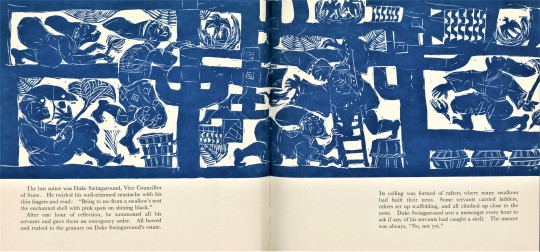
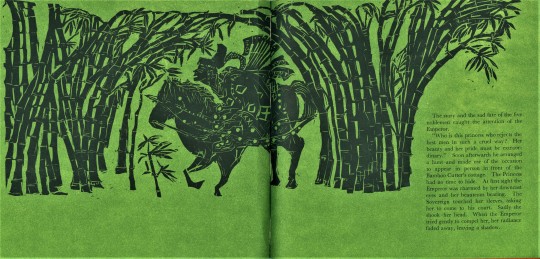
Staff Pick of the Week
My staff pick this week is the trade edition of The Tale of the Shining Princess by Japanese-born writer Hisako Matsubara (b.1935) and Japanese-Canadian artist-printmaker Naoko Matsubara (b.1937), published by Kodansha International LTD. Tokyo, Japan in 1966.
As a artist-printmaker and bookmaker who makes woodcuts, I am greatly inspired by Naoko’s prints. Naoko Matsubara’s work carries on traditions of Japanese printmaking while having its own contemporary flavor. Her woodcuts are ecstatic, they are vibrating with movement. Her use of bold shapes and the white line of the the carving tool makes the most of what woodcut has to offer. In the book form, the active images carry the reader’s eyes through the book space. Her use of negative space activates the page. Additionally, her woodcuts have translated beautifully to commercial printing.
The Matsubara sisters are daughters of a senior Shinto priest, and were raised in Kyoto. Both studied, lived, and worked in the United States. Hisako received her Master of Arts degree from Pennsylvania State College, moving to Germany where she continued her studies and became a prominent writer, publishing her work in Japanese, English, and German. In the 1980s she moved back to the United States, this time to California where she worked at Stanford University.
Naoko received her Master of Fine Arts from Carnegie Institute of Technology in Pittsburgh, now Carnegie Mellon University. After her studies she traveled across Europe and Asia. She returned to the United States and became the personal assistant to the artist and wood engraver Fritz Eichenberg, an artist who has been featured many times on our blog. Naoko taught at Pratt University in New York and at the University of Rohde Island. She also lived in Cambridge, Massachusetts for a time. Naoko is currently living and working in Canada in Oakville, Ontario, where she continues to work and exhibit nationally.
The work of both Hisako and Naoko have had great influence inside the United States and around the world. So lets celebrate their accomplishments!
This book has end sheets of mulberry paper with inclusions of Bamboo leaves, the cover is a red textured paper with a gold stamped design by Naoko.
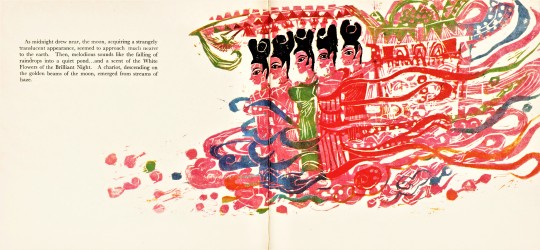


View some of our other AAPI selections for this month.
View our other Staff Picks.
- Teddy, Special Collections Graduate Intern
#staff pick of the week#The Tale of The Shining Princess#hisako matsubara#naoko matsubara#Japanese artists#Japanese writers#Japan#AAPI Hertitage Month#Asian American and Pacific Islander Heritage Month#AAPI#canadian artists#trade edition#Matsubara#woodcuts#printmaking#color printmaking#fiction#stories#teddy
418 notes
·
View notes
Text
the unofficial ultimate bungo stray dogs reading list
this is mainly for myself bc i rly do want to read most if not all of these and i'm sure it's already been done by someone somewhere. but, i thought why not post it lmao; most if not all of these can be found on anna's archive, z-library, or project gutenberg! (also, consider buying from your local bookstore!) for those that are a bit harder to find, i've included links, though some are from j-stor and would require login to access.
detective agency:
osamu dazai:
no longer human (novel)
the setting sun (novel)
nakajima atsushi:
the moon over the mountain: stories (short story collection)
light, wind and dreams (short story)
fukuzawa yukichi:
an encouragement of learning (17 volume collections of writings)
all the countries of the world, for children written in verse (textbook)
yosano akiko:
kimi shinitamou koto nakare (poem)
midaregami (poetry collection)
edogawa ranpo:
the boy detectives club (book series)
japanese tales of mystery and imagination (short story collection)
the early cases of akechi kogoro (novel)
kunikida doppo:
river mist and other stories (short story collection)
izumi kyouka:
demon lake (play)
spirits of another sort: the plays of izumi kyoka (play collection)
tanizaki junichirou:
the makioka sisters (novel)
the red roof and other stories (short story collection)
miyazawa kenji:
ame ni mo makezu; be not defeated by the rain (poem)
night on the galactic railroad (novel)
strong in the rain (poetry collection)
port mafia:
mori ougai:
vita sexualis (novel)
the dancing girl (novel)
nakahara chuuya:
poems of nakahara chuya (poetry collection)
akutagawa ryuunosuke:
rashoumon (short story)
the spider's thread (short story)
rashoumon and other stories (short story collection)
ozaki kyouyou:
the gold demon (novel)
higuchi ichiyou:
in the shade of spring leaves (biography and short stories)
hirotsu ryuurou:
falling camellia (novel)
tachihara michizou:
in mourning for the summer (poem)
midwinter momento (poem)
from the country of eight islands: an anthology of japanese poetry (poetry collection)
kajii motojirou:
lemon (short story)
yumeno kyuusaku:
dogra magra (novel)
oda sakunosuke:
flawless/immaculate (short story)
sakaguchi ango:
darakuron (essay)
the guild:
f. scott fitzgerald:
the great gatsby (novel)
the beautiful and the damned (novel)
edgar allen poe:
the raven (poem)
the black cat (short story)
the murders in the rue morgue (short story)
herman melville:
moby dick (novel)
h.p. lovecraft:
the call of cthulhu (short story)
the shadow out of time (novella)
john steinbeck:
the grapes of wrath (novel)
of mice and men (novel)
lucy maud montgomery:
anne of green gables (novel)
the blue castle (novel)
chronicles of avonlea (short story collection)
louisa may alcott:
little women (novel)
the brownie and the princess (short story collection)
margaret mitchell:
gone with the wind (novel)
mark twain:
the adventures of tom sawyer (novel)
adventures of huckleberry finn (novel)
nathaniel hawthorn:
the scarlet letter (novel)
rats in the house of the dead:
fyodor dostoevsky:
crime and punishment (novel)
the brothers karamozov (novel)
notes from the underground (short story collection)
alexander pushkin:
eugene onegin (novel)
a feast in time of plague (play)
ivan goncharov:
the precipice (novel)
oguri mushitarou:
the perfect crime (novel)
decay of the angel:
fukuchi ouchi:
the mirror lion, a spring diversion (kabuki play)
bram stoker:
dracula (novel)
dracula's guest and other weird stories (short story collection)
nikolai gogol:
the overcoat (short story)
dead souls (novel)
hunting dogs: (i must caveat here that the hunting dogs are named after much more comparatively obscure jpn writers/playwrights so i was unable to find a lot of the specific pieces actually mentioned; but i still wanted to include them on the list because well -- it wouldn't be a bsd list without them)
okura teruko:
gasp of the soul (short story; i wasn't able to find an english translation)
devil woman (short story)
jouno saigiku:
priceless tears (kabuki play; no translation but at least we have a summary)
suehiro tetchou:
setchuubai/a political novel: plum blossoms in snow (novel)
division for unusual powers:
taneda santouka:
the santoka: versions by scott watson (poetry collection)
tsujimura mizuki:
lonely castle in the mirror (novel)
yesterday's shadow tag (short story collection; i was unable to find a translation)
order of the clock tower:
agatha christie:
and then there were none (novel)
murder on the orient express (novel)
she is the best selling fiction writer of all time there's too much to list here
mimic:
andre gide:
strait is the gate (novel)
trascendents:
arthur rimbaud:
illuminations (poetry collection)
the drunken boat (poem)
a season in hell (prose poem)
johann von goethe:
faust
the sorrows of young werther
paul verlaine:
clair de lune (poem, yes it did inspire the debussy piece, yes)
poems under saturn (poetry collection)
victor hugo:
the hunchback of notre-dame (novel)
les miserables (novel)
william shakespeare:
romeo and juliet (play)
a midsummer nights' dream (play)
sonnets (poetry collection)
the seven traitors:
jules verne:
around the world in 80 days (novel)
journey to the center of the earth (novel)
twenty thousand leagues under the seas (novel)
other:
natsume souseki:
i am a cat (novel)
kokoro (novel)
botchan (novel)
h.g. wells:
the time machine (novella)
the invisible man (novel)
the war of the worlds (novel)
shibusawa tatsuhiko:
the travels of prince takaoka (novel; unable to find translation)
dr. mary wollstonecraft godwin shelley
frankenstein (novel)
#bungo stray dogs#bsd#literature#dark academia#reading list#academia#i'm sure there's people i've missed but i did my best LOL#this also really throws into a stark contrast how relatively un-worldly american literary curriculums really are#obviously; it makes vague sense to focus american literary schooling on the western 'canon' bc so much of the english language#is influenced by it and the 'culture' is more touched by it but HOLY SHIT does it just... astound me#how uneducated i am on even east asian literature (from wheremst i technically hail!!!)#i know like.... maybe 3?? 4??? chinese writers off cuff???#like the only reason i even know anything about jpn literature is i got my minor in jpn so i read some stuff but WOWWWWW there's a wORLD.#the fact that i knew not a SINGLE work by most of these jpn writers but as soon as we got to the guild members#i didn't even have to fucking google/wiki -- i just KNEW off the top of my head#kinda fucked up tbh;;;;#anyway this list is massive but i think at least dipping my foot into some of the poems/short stories will be fun
62 notes
·
View notes
Text
The nature of time is that (culturally) Christian Euro/Anglo colonial consumers (hereafter white ‘people’) fetishize the idea of being ‘close to nature’ or ‘primitive’ or ‘savage’ and latch on to the idea that there are groups of people in the world who are somehow bestial or who have some kind of special powers from holding animist beliefs/beliefs that acknowledge the body as opposed to the Christian belief that the body is a kind of useless appendage to a person. We see this across decades from the 19thC to today in the racist fetishization of indigenous people across the globe, particularly residents of the Americas, Australasia, and southern/eastern Africa.
White consumers use a warped conception of other cultures to live out the fantasies that the Christian soul/body stuff engenders. You keep getting told that your emotions and physical sensations are the devil’s work? You want to get in touch with those physical sensations, but you don’t want it to interfere with your worldview? Simply project them on to a convenient group of people with slightly different conventions from you. Imagine how cool it would be to be 100% physical sensation (especially those pesky violent and/or sexual urges) and no mental burden, then unleash that in a way that causes millions of deaths worldwide via the dehumanization of entire nations of people just trying to live their lives. White consumers love a Proud Warrior Race Guy.
Flash forward to the 2010s, it’s generally considered impolite to spread the same propaganda that justified the genocide and dispossession of many different groups of people. However white culture hasn’t changed that much and normal human activities still need to be explained away to maintain the veneer of white intellectualism that has been used to justify white violence for years and years. You can’t just stomp around and clap your hands and dance badly, you’ve got to project it somewhere else.
But wait! There’s a community of people considered ‘tribal’ and ‘savage’, considered violent and bestial, who were never colonized! It’s…the Norse. Fetishizing early medieval North Sea raiders can’t be cultural appropriation, see, they’re white! It’s not offensive to replace an entire culture with white (male) ideas of what’s cool if that culture is totally unassociated with colonizer stereotypes and is in fact a culture of colonizers!
And that’s my theory on why there are so many Norse-inspired folk bands/video games/tv shows/memes/literally anything in the 2010s. VSaga not counted because that manga has been running since 2003 and is actually well-researched and comes out of a culture with a similar but distinct tradition of racism. The Euro storytelling tendencies of needing some kind of violent avatar have taken on ye anciente Norseman now that people care a little bit about the gallons of blood used to sketch other ethnic stereotypes. Done and dusted. Except the other side is that the fetishization of early medieval Norse culture is literally just white supremacist 101 and a lot of artists don’t step around that nearly as carefully as they should
#it’s the old saw about rammstein being constantly talked up by American nazis because they can’t speak German and having to write a song#called ‘links 2 3 4’. asscreed/the northman/vikings tv/wardruna/god of war/whatever are fairly harmless cosplay activities#but taken together it’s like. where is the line between condescending cosplay fetishization (not great but whatever) and the sort of#idealization/valorization/historical erasure that plays into white supremacist rhetoric#after all—look at where we get a lot of pop culture viking imagery from: it’s Wagner#kelsey rambles#this is a long bad post about me having Spotify as blocked on my work computer and playing some faun and then letting the radio take away#praying and wikipedia-ing that it doesn’t take me to some dogshit nazi band along the way#which YouTube recs have done repeatedly. it’s a fucking cesspool out there in the metal/neofolk world#I also keep thinking back to Faun (neofolk forerunner) saying explicitly that they use central/south asian melodies and tonalities#the whole medieval folk aesthetic thing is a cobbled-together vibe that was created by 19thC romantics and 20thC fantasy writers#i just feel like there should be more of an…acknowledgement of artifice to ward off the nazis#I like neofolk music. I love vinland saga. I enjoy mountain scenery and stories of sea raiders.#would love to be able to enjoy it without looking over my shoulder all the time
26 notes
·
View notes
Text
I want to write a novel with a largely POC cast, and I'm looking for opinions and feedback before writing the first draft.
The main poc identities that I'm looking for feedback and input on are:
Native American/Indigenous Americans
Black Americans
Japanese Americans (or immigrants to America)
Muslim Americans or Muslims who live in America, especially of Middle Eastern ancestry
If you aren't part of these cultures but still want to see your culture represented, I want to hear it. There may or may not be space for a character in the draft, but I will write down anything you say for future works too.
I want to write a. urban fantasy novel about queer werewolves and fae (with a diverse cast of both supernatural and human characters) but as a half-white, half-Latina author living in the USA I want some input on what you as a POC person would like to see more or less of in fiction. I want to hear about your culture and the type of characteristics that you do or definitely DO NOT want to see in a fictional character. I'm apprehensive about giving animalistic traits (because werewolves) to POC characters since in the USA there is a long history of propaganda giving such traits to people of color to dehumanize them, so I would like to primarily discuss what exactly I'm thinking for that and why, and if you're okay with the way I want to write it, if you want to set some boundaries, or if it's a hard no.
I mainly use DMs on Tumblr, but I also use Twitter DMs and I made a Discord account specifically for this. Mind you, I don't know how to use Discord so you'll probably need to explain it to me first. Thank you!
#POC#Writblr#poc representation#native american#native american culture#native american characters#black representation#asian representation#muslim characters#writers on tumblr#seriously i'm kind of scared to write this book'#I WANT YOUR OPINIONS
14 notes
·
View notes
Text
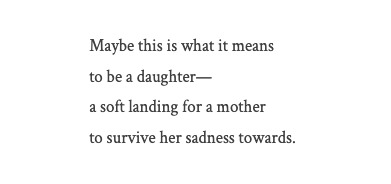
— Jenevieve Ting, "我的大宝贝"
#micro#poetry#poem#excerpt#quotes#mothers#daughters#asian american#aapi#lgbtq#writer#jenevieve ting#the offing
17 notes
·
View notes
Photo

Portrait study of Maxine Hong Kingston (from March this year, I think?)
#portrait#digital painting#study#asian american#asian american literature#writer#maxine hong kingston#art#chuanmingong
92 notes
·
View notes
Text
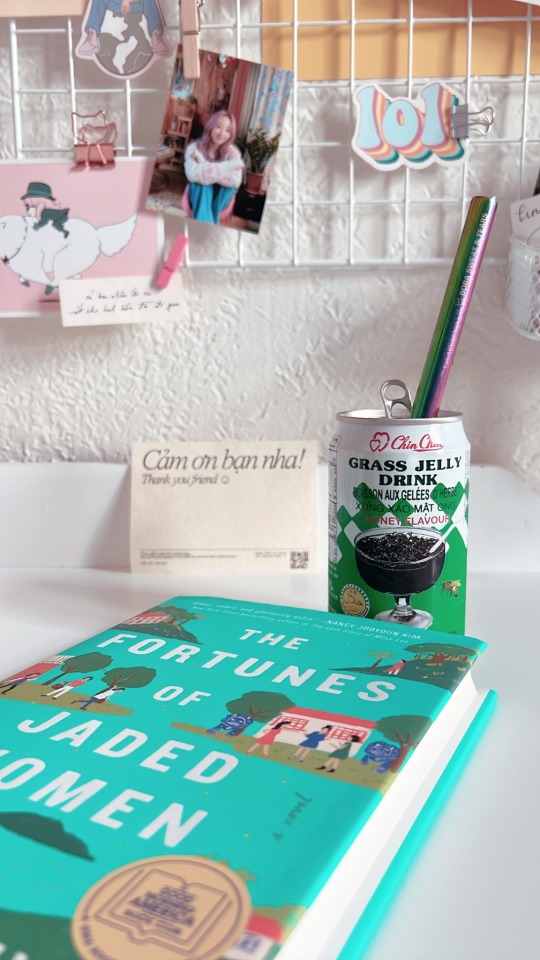

reading: the fortunes of jaded women by carolyn huynh
#bookblr#Asian American literature#Vietnamese American literature#book of the month#tbrbooks#book aesthetic#desk setup#motivation#bipoc writers#studyblr
87 notes
·
View notes
Text
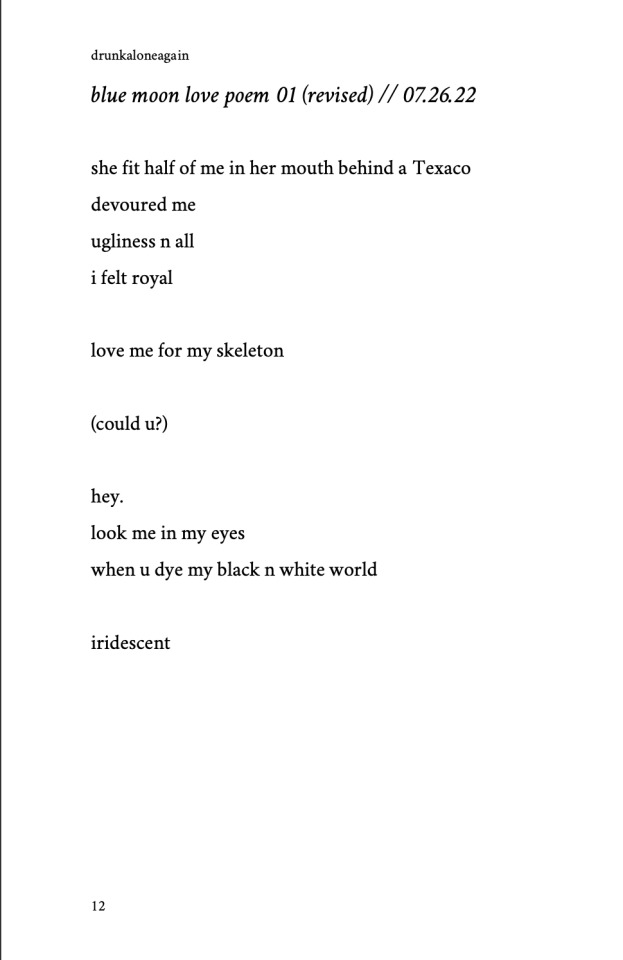
drunkaloneagain, God pours salt on slugs (2022)
105 notes
·
View notes
Text
So as some of you may know, I am writing a book/s. And I've reached a moment of questioning myself in terms of direction with it.
The book is for creative witches. Specifically, art, music, writing, poetry, dance, et cetera et cetera.
My current stumbling block is whether or not I want to include in the book a glamour magic section and a kitchen magic section, because technically they are forms of creativity, but there are already so many books out there existing for them. So do I want to exclude these sections, or include them and just make a giant compendium of creative witchcraft?
Baring to mind that the art section alone is already 15 pages and I still plan on adding more to that section. My insecurity in this is just whether or not people would want a big book like this
#author#asian american authors#asian authors#bipoc authors#witchblr#witch books#witch discussion#discussion#witches of the world#witches of color#witches of tumblr#art witch#music witch#kitchen witch#glamour witch#writing#writer problems#the blasian witch
31 notes
·
View notes
Text
welcome to femgaze film!
this blog is meant to highlight and celebrate women in film--whether that be a female character, director, cinematographer, writer, etc.
Recommended watch lists (constantly growing!)
Female Directed
Le Bonheur (1965 - Agnes Varda)
Daisies (1966 - Věra Chytilová)
Titane (2021 - Julia Ducournau)
Portrait of a Lady on Fire (2019 - Céline Sciamma)
A Girl Walks Home Alone at Night (2014 - Ana Lily Amirpour)
Jennifer's Body (2009 - Karyn Kusama)
Complex Female Leads or Secondary leads
Possesion (1981)
Girl, Inturrupted (1999)
Poor Things (2023)
X (2022)
Pearl (2022)
Tár (2022)
Midsommar (2019)
The Witch (2015)
Black Swan (2010)
Fish Tank (2009)
Dogtooth (2014)
Antichrist (2009)
In the Mood for Love (2000)
Thelma & Louise (1991)
Persona (1966)
Through a Glass Darkly (1961)
Summer with Monika (1953)
many of these films may be unsuitable to sensitive groups, watch at your own discretion
#daisies 1966#this is a girlblog#female writers#female directors#women in film#women directors#female rage#film#cinema#world cinema#american cinema#korean cinema#french cinema#asian cinema#female artists#women in art#art#artists
6 notes
·
View notes
Text
on the one hand. but on the other. u ever look at a popular fandom wherein fic authors put all the EAsian characters next to each other and go "they would all be friends and bond by being asian together" ummm you put a deeply patriotic south korean character next to a deeply patriotic japanese character. perhaps .. this is not as thoughtful as you are thinking it is.
#like YES it's different in the states on account of the racisms do not care if you are japanese vs korean so generally: not an issue (to me)#it's different for different generations ime. but like. solidarity. some of the best n most understanding ppl ive talked to in recent years#have been japanese american chinese american etc#but u know i might as well say it since it's in the tags but#'he would not fucking say that' to overwatch fic writers who make hanzo and hana best friends because Oh#East Asian Buddies!#bro hana works for the SK government and hanzo was probably raised believing that japanese imperialism is the sole good in the world#like; a little thought please#thanks.#partially spurred by. waves hand#partially spurred by fic author going 'oh of course hanzo makes kimchi for hana he's like an older brother'#japanese kimchi is VERY DIFFERENT from korean kimchi and it's NOT THAT HARD TO MAKE. ESPECIALLY!!!!!!! if u have been raised in korea#but oh because they're both east asian--#throws hands up#the most petty of trivial asshole things to be peeved by#however;#croidhe
3 notes
·
View notes
Text

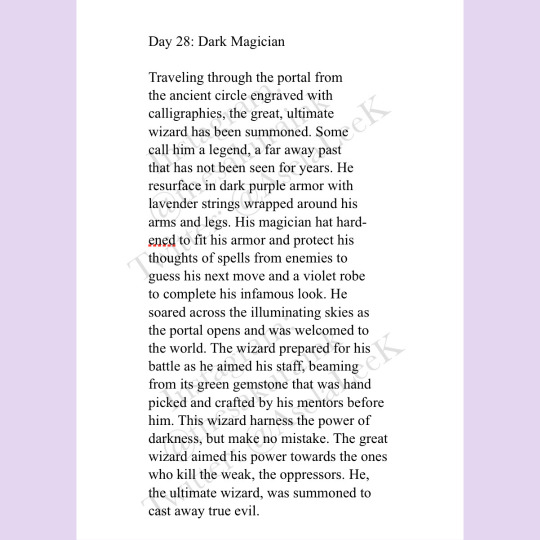
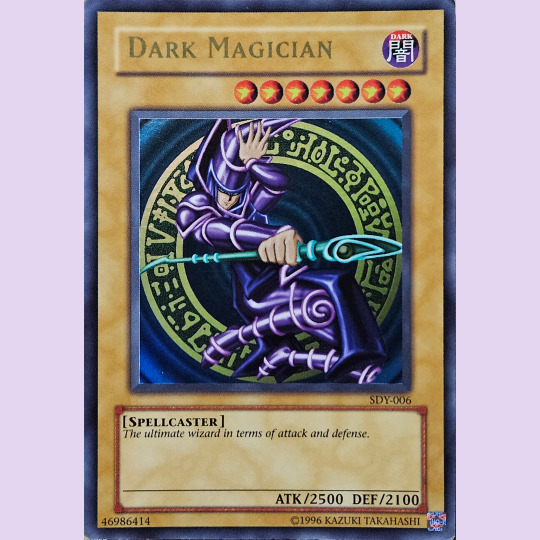
Day 28: Dark Magician
We’re a day away from the last day of AWWC. And what better way to celebrate with a poem to one of the greatest cards in Yu-Gi-Oh!: Dark Magician. I hope you all enjoy reading this piece!
#aselawritewhateverchallenge
#aselawritewhateverchallenge#poetry#poem#asian american#asian american poetry#poetblr#poetry community#female poets#poets corner#poets on tumblr#yu gi oh#yugioh#short poetry#short poem#original poem#dead poets society#writers and poets#poetsandwriters#poetscommunity
2 notes
·
View notes
Quote
I write stories where whiteness is not the center. I think that when you are not white in America, you are not at the center. Asians definitely aren’t at the center: they’re not even part of the binary of black and white. If you’re Latinx or Asian or Native American, you’re on the fringes. In my little space, in my pages, I want to be the center. I’ve met Asian Americans who come to my readings and will break down in tears. I tell them, 'I wrote this for you. I want you to know that I see you because I see myself.' Maybe it’s crazy that I say this, but I see how much we can suffer when we believe that we deserve to remain in the margins. My education didn’t put me at the center, and I don’t have to accept that this should be true. To say that I am at the center of my narrative is not to say I am more important than anyone else. No. I am saying that I am equal to all who are in the world; I am saying that I am no less a person than anyone else. I am correcting this failure in my Western education in my writings.
Min Jin Lee, author of Pachinko, interviewed by Alexis Cheung for The Believer
26 notes
·
View notes